When the earthquake hit in 2010, it was catastrophic in Haiti’s capital of Port-au-Prince. The 7.0 was nominal by Chile standards, but Haiti simply had neither the building practices to withstand it nor the infrastructure to deal with the consequences.
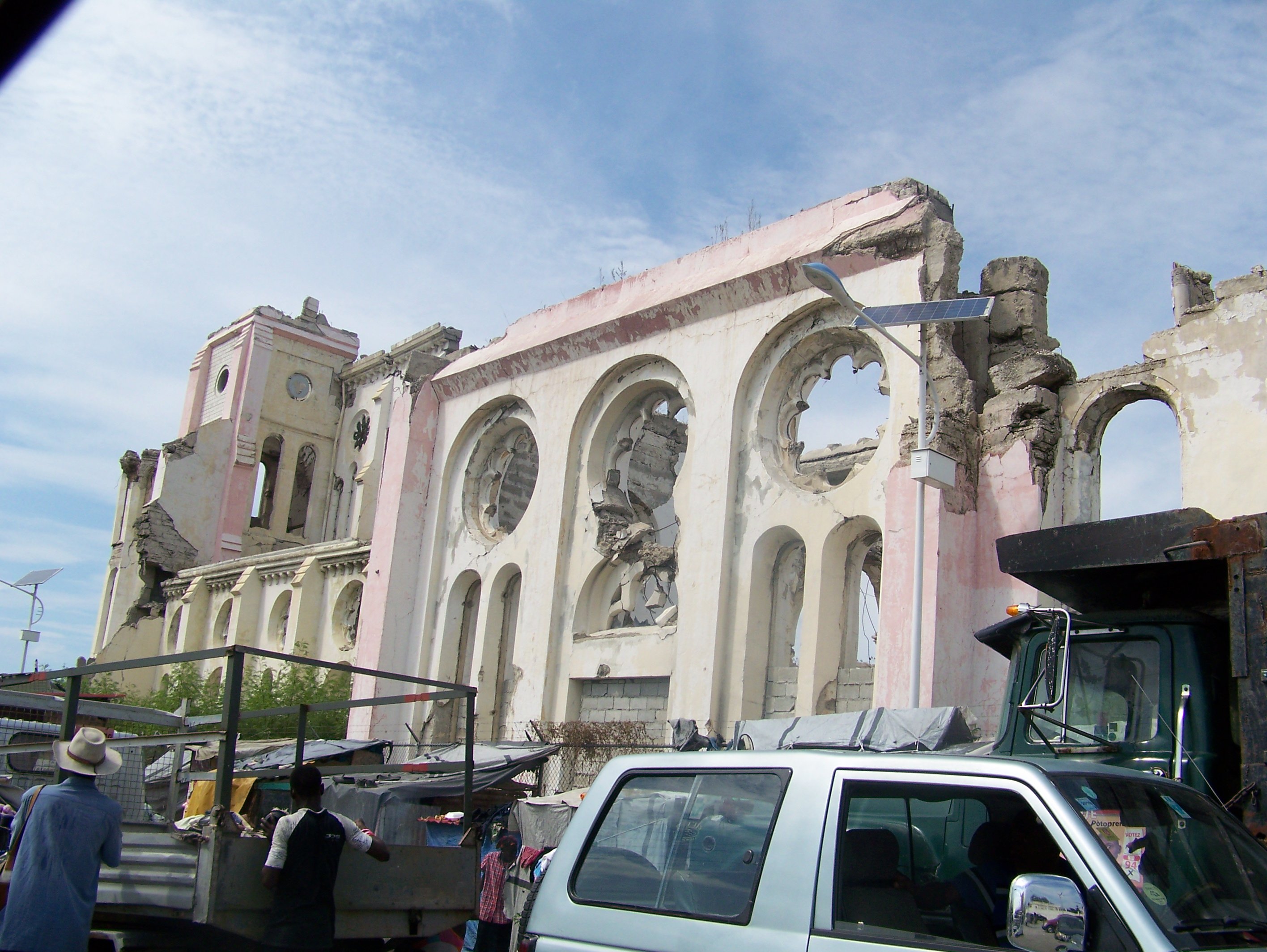
I met one man, Bourdeau Metelus, who had survived the quake. He had been caught inside, buried in rubble with his leg crushed. He confided that he thought he would die. But his wife found him and was able to get help. He’ll always walk with a limp, but he gets along well. He's a quiet man with a gentle disposition and is enjoyable to be around.
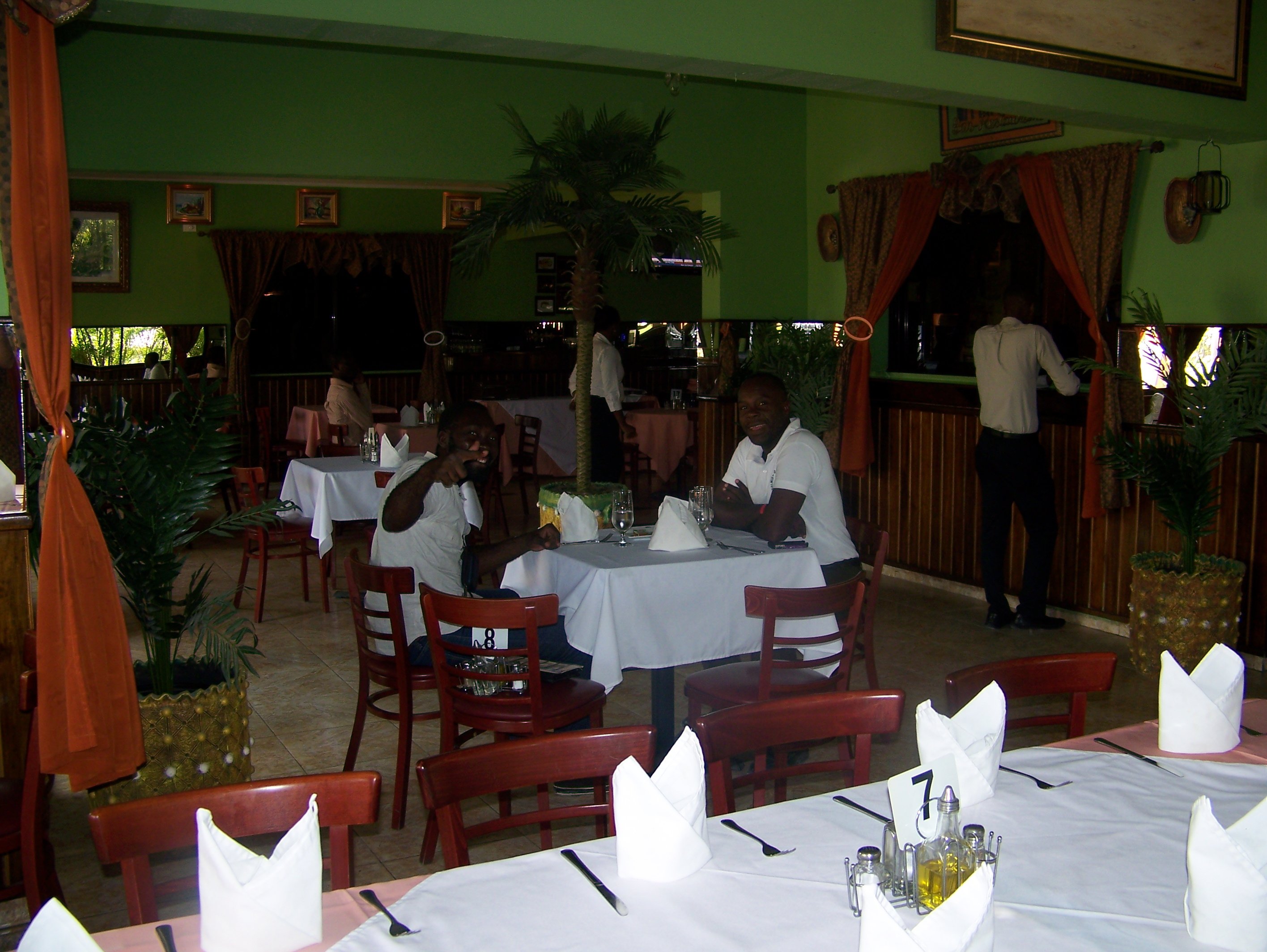
Jean Rony on the left with Bourdeau on the right
The greater injury for him that day was to his heart. They lost a beloved son, something no parent should ever suffer. Understandably, he began to weep as he shared his story. Bourdeau is a trustworthy man who drives a nicer taxi, in case you ever need a ride in the Port-au-prince area.
La Gonâve was spared from the earthquake. The distance and perhaps channel between the two islands was too much for the quake to affect the smaller island. This resulted in many homeless arriving on their shores from the mainland, looking for help. People were able to help, but they had so little. Perhaps we can help to change that.
La Gonâve
Years ago La Gonâve was heavily stripped of natural resources. The old forests were cut down, severely affecting the ecology of the island. As we traveled around, especially to the peak of Happy Dog, I could see how the plundering and subsequent poor management of the island’s landscape had resulted in continued degradation. Springs that once provided ample water for the island’s ~120,000 inhabitants were long dry. Bare soil was resulting in erosion and flooding during the rainy season. All the tell-tale signs of a landscape in a state of spiraling degradation were present.

I had been overwhelmed with the need in Haiti. It wasn’t that solutions couldn’t be found for individuals. It was more that there was so much need that required so much energy and resources that I was just overwhelmed. How could I really help these people?
But the degradation was something I could grapple with. I understood this. My mind began churning. What could be done? The damage was so incredibly extensive. Yet, I knew that if the island was set on a path of regeneration, it would be beneficial for all the inhabitants.
This little island seems somehow forsaken by the Haitian government. It’s also largely missed by aid that’s sent to the mainland. This is understandable, but unfortunate.
A Reflection on Aid
Many have heard about how the Clintons managed to siphon off funds bound for relief in Haiti. But they weren’t the only ones. Somehow, though many millions of dollars were raised, very little was done to actually help the Haitians, long-term. Some claim that The American Red Cross received 488 million dollars, but only managed to build six homes. Red Cross disputes the accuracy of the claims, but admits that there were many issues that diluted the value of their aid effort.
Of course, at first the goal is to relieve present pain as much as possible. This is especially true after a catastrophe such as this major earthquake. Accurate numbers were never officially produced, but it was clear that more than twice the number of people on La Gonâve died on the mainland.
Much of what’s been done has been myopic though. It hasn’t really empowered the people to rise above their circumstances.
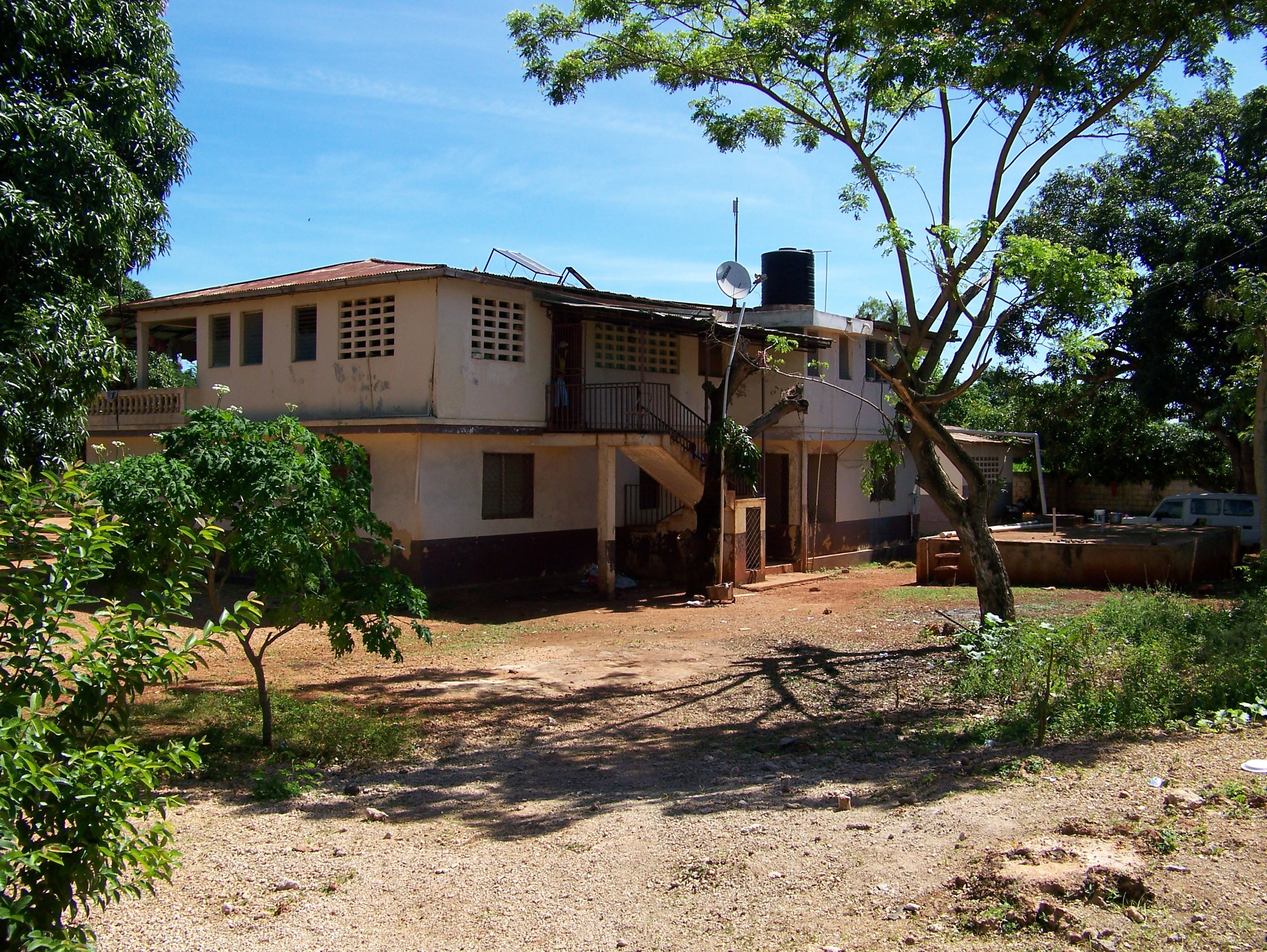
As an example, World Vision actually went to La Gonâve years ago and build a great compound there. From what we’ve been told, they put twenty million US dollars into helping the people. While medical aid isn’t readily visible years later, it’s difficult to tell what impact this had. They’ve abandoned their work there since, leaving the compound (and a Land Rover) to the locals to use and maintain. Today it’s in a state of disrepair, simply because there are no funds to keep it up.
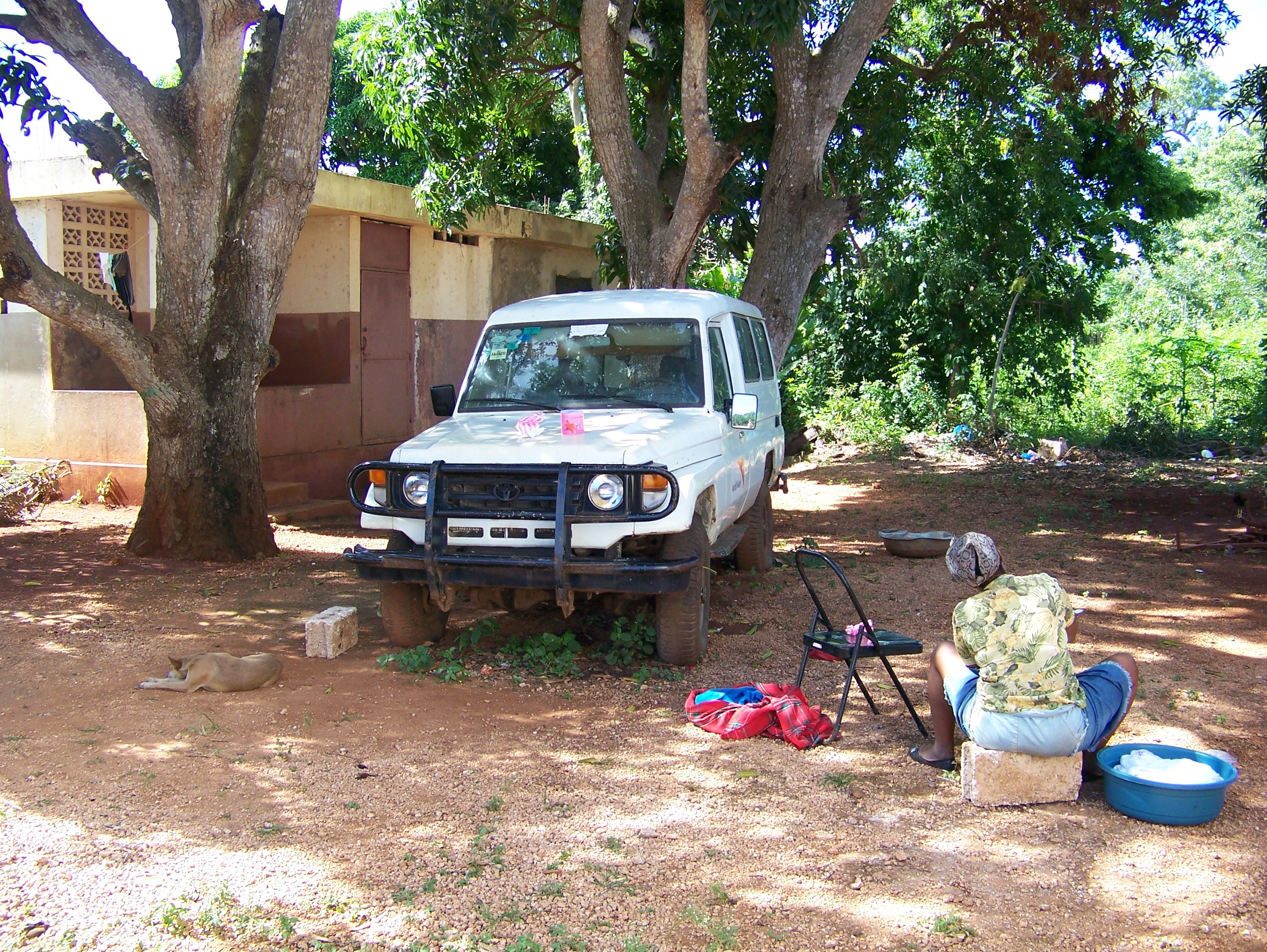
This struck me while I was there. The best solutions for these people will help them provide more sustainably in the near future while building on their long-term productivity.
It was also discouraging for so many to ask me what I was going to give them. Apparently that's what they think when a blanc arrives. And many of them asked with open hands, hoping for some handout. Some of the children knew very little English other than, "Give me a dollar".
Back to La Gonâve
The people on La Gonâve are much friendlier, in general, than those on the mainland, at least from my experience. For example, the first weekend I arrived, a white missionary woman was murdered in the capital. It’s just not a safe place to be, especially when you’re a minority. She’d been there for years and probably got a little careless. As a good friend of mine warned, "You can never be Haitian, no matter how long you’re here".
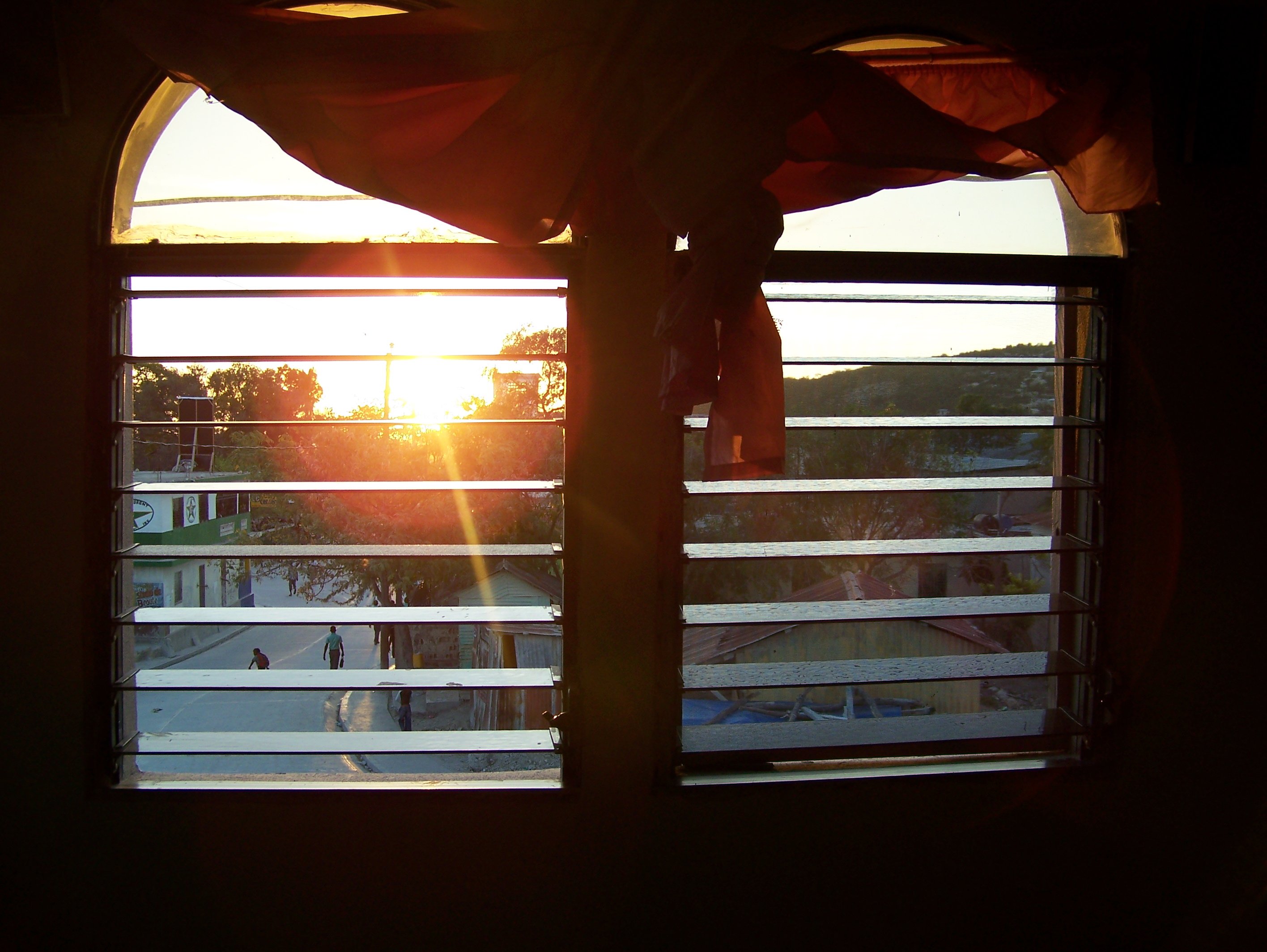
Sunrise from my room in Anse a Galets on La Gonâve
I never felt threatened. I was careful, but was repeatedly told that the island was safe. We walked the streets of Anse a Galets at night without incident. Nobody seemed to care. I’m sure things happen, but it was sort of like comparing a sizeable rural town to a major US city. If you get careless, you might get into trouble in the former, but you can certainly get into trouble in the latter.
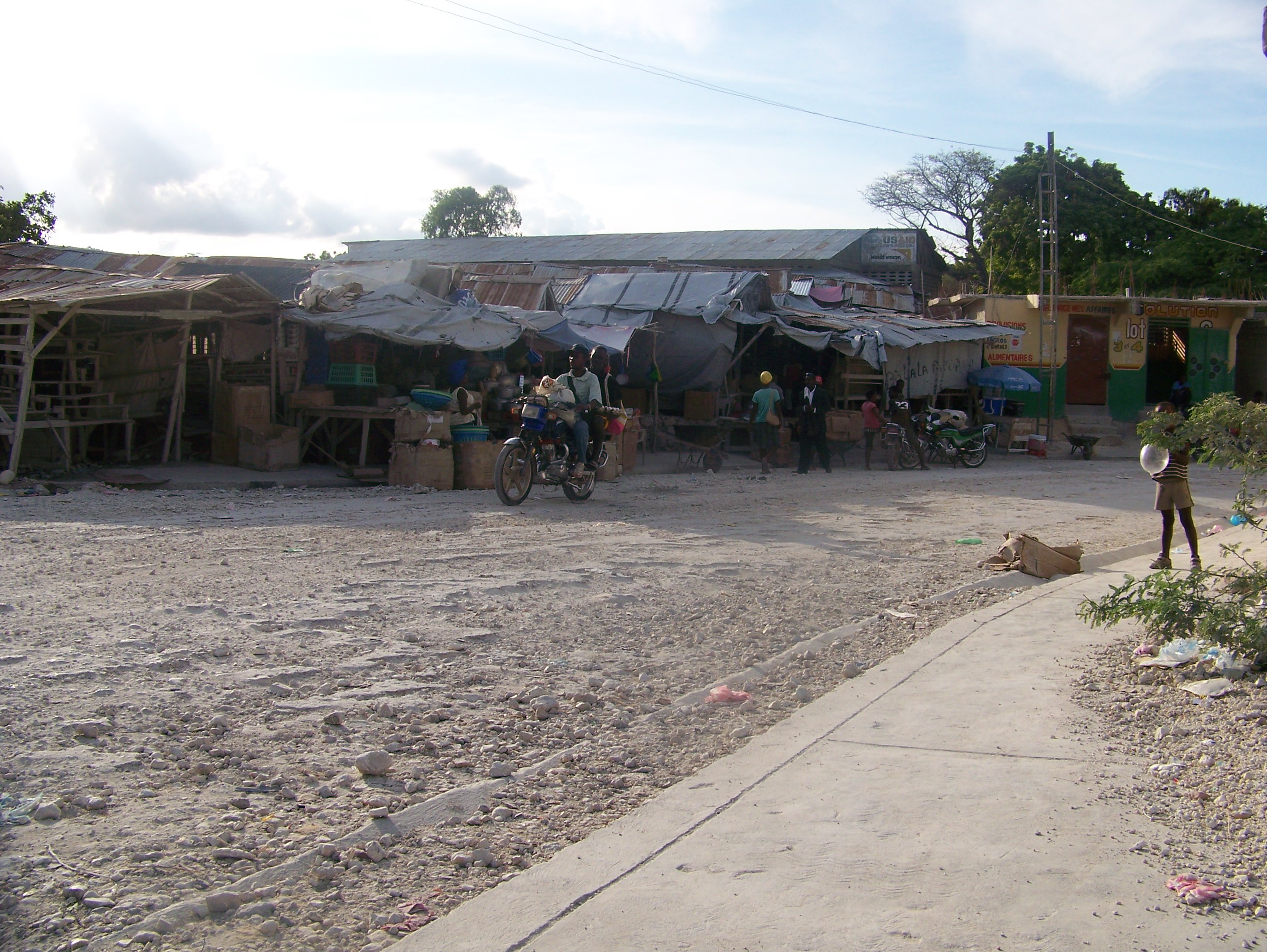
All this to say, La Gonâve is in some ways isolated. Sure, you can cross the channel on a 45 minute ferry ride (wait 'till you see the airport!). But it’s just different, and certainly more 2nd/3rd world than Port-au-Prince, which is a testimony of it being neglected. On the other hand, it seems so ready for help. It's as if the people are standing with open arms waiting for lasting relief.

To me, this was an encouraging sign. There's an acceptance there that will embrace your efforts to help. They welcome whatever aid they can get. Unfortunately, it's resulted in some begging when blancs arrive. But others ask for nothing, share genuine smiles and go about their days doing what they can to keep food in their babies' bellies. And they're grateful to have it.
Steemin' on,
Another Joe

Email notifications
Facebook
Twitter
Note: A special THANK YOU to those who've followed along and supported this series. As I check to see who's stayed with me through this, I see several of the same names popping up each day. Again, thank you.
Some of you may be wanting me to move on into the regenerative aspect of this. I will, but first I wanted to provide some more details to fill in a larger picture. Tomorrow I'll share about how I had to go to Chile to meet Jean Rony and learn about Haiti, as well as more information about Jean Rony. After that I'll focus more on the regenerative plan and the idea I've spawned.
